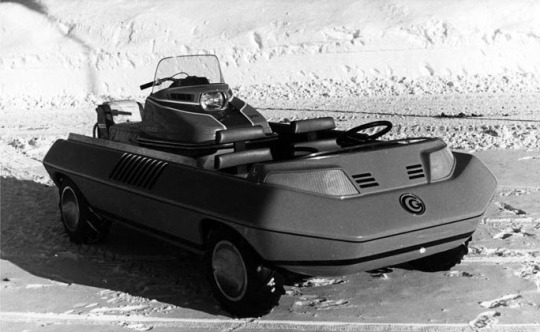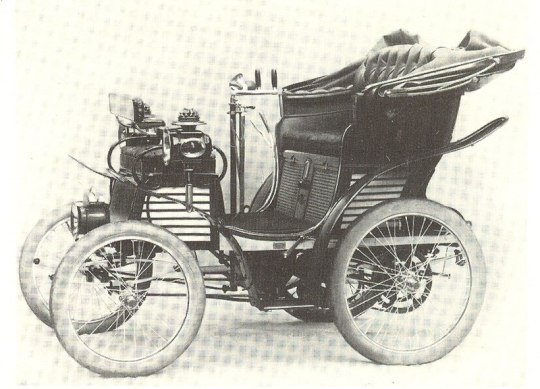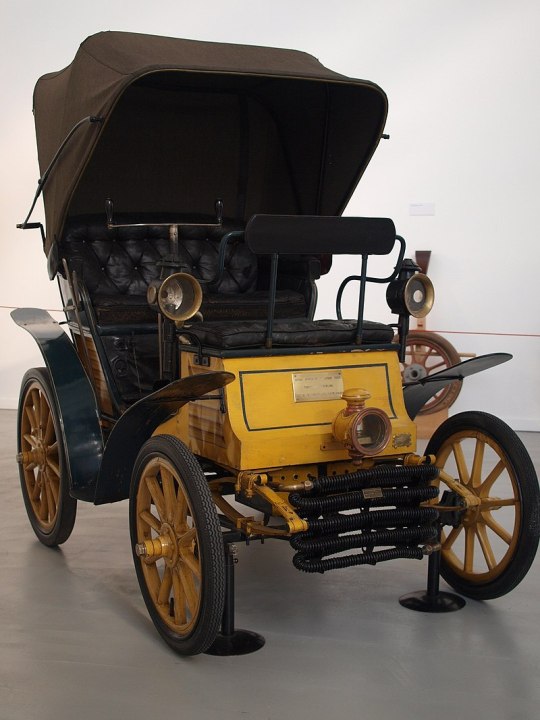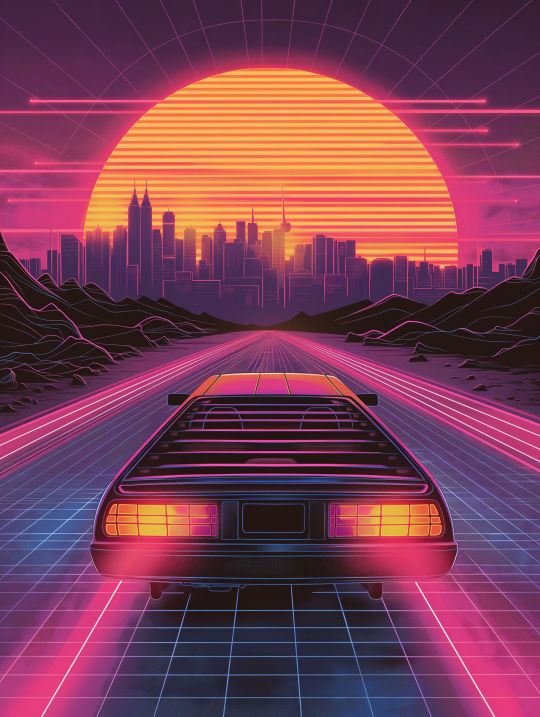#transportation technology
Text
33 notes
·
View notes
Text
#delivery driver app#InstaDispatch benefits#efficient deliveries#productivity boost#delivery management#logistics software#driver efficiency#transportation technology#dispatch app#fleet management
0 notes
Text
Driving Efficiency: The Evolution of Fuel Management system in Dubai
In a city like Dubai, where logistics and transportation play a pivotal role in everyday operations, efficient fuel management is of paramount importance. The proper monitoring and optimization of fuel usage can lead to significant cost savings, reduced environmental impact, and enhanced operational efficiency. To achieve this, many companies in Dubai are turning to advanced fuel management systems. This blog post will explore how fuel management systems in Dubai are streamlining fuel management and the benefits they offer.
Real-Time Monitoring: One of the primary features of fuel management systems is real-time monitoring. These systems use GPS and other advanced technologies to track fuel levels in vehicles and equipment. Managers can access this information remotely through a web-based interface or mobile app, enabling them to keep an eye on fuel consumption in real-time.
Accurate Reporting and Analysis: Fuel management systems generate detailed reports and analytics based on fuel usage data. These reports provide insights into fuel consumption patterns, driver behavior, and equipment efficiency. With this information, companies can identify areas for improvement and make data-driven decisions to optimize fuel usage.
Preventive Maintenance: Fuel management systems can also monitor engine performance and identify potential maintenance issues before they become significant problems. By detecting issues early, companies can reduce the risk of costly breakdowns and prolong the lifespan of their vehicles and equipment.
Enhanced Security: Fuel theft is a common problem in the transportation industry, but fuel management systems help mitigate this risk. These systems can track fuel transactions and identify anomalies, such as fuel being dispensed after hours or at unauthorized locations. This helps deter theft and improve overall security.
Environmental Benefits: By optimizing fuel usage and reducing wastage, fuel management systems contribute to a reduction in carbon emissions and other pollutants. This aligns with Dubai’s commitment to sustainability and environmental responsibility.
Conclusion: Fuel management systems are revolutionizing the way companies in Dubai manage their fuel resources. By providing real-time monitoring, accurate reporting, and preventive maintenance capabilities, these systems help companies reduce costs, improve efficiency, and contribute to a more sustainable future. As the demand for efficient fuel management continues to grow, it’s clear that fuel management systems will play an increasingly important role in Dubai’s transportation industry.
#Fuel Management#GPS fleet Tracking Software uae#GPS Tracking#Preventive Maintenance#Transportation Technology
0 notes
Text

Explore FleetEdge by Tata Motors: Advanced Telematics Solutions for Optimal Fleet Management
Discover FleetEdge by Tata Motors, a cutting-edge telematics solution designed for efficient fleet management. Monitor and optimize your fleet's performance with real-time insights and advanced analytics.
#Commercial Vehicles#Transportation Technology#Advanced Analytics#Fleet Management#FleetEdge#Tata Motors
0 notes
Text
In the intricate web of supply chain operations, ground transportation plays a pivotal role, acting as the robust veins pumping life into the body of logistics. Its function goes beyond the conveyance of goods from one point to another. Ground transportation lays the foundation for the reliability and efficiency of the entire supply chain, ensuring clockwork precision and coherence in every component, from manufacturing to retail.
1 note
·
View note
Text
Contact iTruckDispatch for Cutting-Edge Fleet Management Solutions
iTruck Dispatch offers top-tier fleet management solutions to optimize your trucking operations. Contact us today to harness cutting-edge technology and expert support for your fleet's success.
0 notes
Text
Elevating America’s Public Transit Systems Through Digital Technology

As the world re-emerges from the COVID-19 pandemic, transportation providers in the U.S. are facing challenges around the rider experience with primary concerns like health and safety and expectations for sustainable public transportation systems. Transit agencies have their work cut out for them to meet these demands while dealing with labor shortages, supply chain issues and competition from ride-share services.
In addition, transportation providers are caught in a cycle of constrained spending and innovation. Transit agencies rely upon subsidies for financial support. As a result, they have been reluctant to invest in technology that would improve their services — so riders choose other methods of transportation. This in turn reduces the likelihood that the transit agencies will be able to be self-supporting, which leads them to continue to rely on subsidies. The federal government is currently attempting to address this loop with new investments in infrastructure improvements.
At Hitachi, we see these challenges as opportunities to innovate — and to elevate public transit systems in the U.S. We’ve partnered with Syniverse to offer modular technology solutions to these organizations so they can increase rider engagement and value while reducing the friction between passengers and their transit systems.
Keeping Up With the Pace of Change by Utilizing Digital Solutions
While transportation providers need to keep up with consumer demand, they also need to keep up with technology. By leveraging Syniverse’s CPaaS (Communications Platform as a Service) Concierge solution, Hitachi offers digital solutions that can be customized to elevate the rider experience. Each city’s transit system is different and has special requirements, so we designed this solution to be able to integrate with any carrier or telematics system. We’ve included modular building blocks that allow transportation providers to select the types of capabilities they want to introduce to their ridership, such as vehicle status, notifications and other communications. For example, using these modules, riders can sign up for alerts, ask for route status information and more — and they can do so through any wireless carrier.
Transforming Baton Rouge’s Transportation Experience
Hitachi collaborated with Capital Area Transit System (CATS) in Baton Rouge, Louisiana, to improve rider experiences. To start, we engaged with CATS and its operational stakeholders to find out what riders really care about. It turns out that the needs were fairly basic, such as having visibility into the timing and status of bus arrival.
CATS had a Computer-Aided Dispatch/Automatic Vehicle Location (CAD/AVL) solution that attempted to fulfill this need with an add-on, rudimentary SMS-based system that notified riders of a bus’s status, but it didn’t solve the real problem. We brainstormed ways to leverage this existing system to better serve passengers and came upon a quirk specific to Baton Rouge: The city has a regular rider community, but it also has a large rider community that only uses the bus system when there is an event like a football game.
Armed with this information, we built a system that notifies bus riders of coupons, so riders distribute themselves among a number of bus stops. This in turn reduces congestion and lines at stops during events and improves the rider experience. The system can offer other marketing opportunities for transit agencies, such as sending riders a coupon for a free coffee if a bus is late. With these types of capabilities, CATS sees better rider satisfaction, and the local merchant community gets to participate in this public service — tapping into a hyperlocal audience.

What Next?
We believe transit agencies do not have to decide between improving the rider experience and improving operational efficiency. You can have both, and Hitachi is helping agencies like yours break the cycle of constrained spending and innovation to realize those goals around the U.S. We’re your partner to deliver real, long-term results to both your riders and your organization through digital technology solutions.
Discover how Hitachi is unlocking value for society with Sustainable Innovation in Transportation:
#public transport system#Syniverse#cpaas (communications platform as a service)#operational efficiency#digital solutions#smart transportation#transportation technology#Capital Area Transit System#modular solutions#transit technology#modular technology#digital technology solutions#public transit systems#digital transportation solutions#passenger experience#public transit ridership#rider experience#digital transformation in transportation#decarbonization
0 notes
Text
by Maciej Drabik
#cyberpunk#technology#city#tech#glowy#scifi#futurism#aesthetic#cityscape#train#rail#shibuya#transport
414 notes
·
View notes
Text
it's quite offputting to me when ppl can't disentangle their hatred for capitalism from a hatred for... new technological innovation? the ways in which capitalism has shaped the development of certain technologies has been deeply negative, not to mention that imperialism ensures that new technology is usually produced via extractive relationships with both the planet + ppl in the global south.
but this weird tying of capitalist impact on innovation (+the idea of what is/is not innovation) to hatred of innovation itself (or even more disturbing valorization of "the good old days"/implications that technology is causing social degeneracy) is baffling to me. perhaps it is impossible to achieve specific technologies without unconscionable resource extraction practices, in which case they should not be pursued. but so many ppl act like there is something inherently morally suspect in pursuit of tech such as autonomous vehicles or AI or automation, independent of the material conditions that produced them/that they may produce.
tesla is evil because they exploit ppl for profit + participate in an economy built on the exploitation of the global south + use 'innovation' as a marketing tool to mask serious safety concerns. they're not evil bcuz they want to make vehicles that move on their own. there are actually a great deal of fantastic applications for vehicles which move on their own? equating technology with moral decay is not a radical position; you need a material analysis of why technological innovation has become characterized by harmful practices.
#just saw a truly tragic article abt a death related to self driving car#entire comments section SWAMPED with the implication that any attempts to create self driving cars is INHERENTLY EVIL#like. actually fully automated public transportation would be dead fucking useful#public transit is not currently fully automated + is extremely limited in many cities#im so tired of ppl who need the technology to also be BAD to call out the practices which produced it#things do not need to be black/white for u to understand that exploiting others is morally wrong...
228 notes
·
View notes
Text

a 2024 Estonian stamp from a series on electric trains
[ID: an image of a modern passenger train. the train has an abstract design that is predominantly orange and with white lines. it has four carts. end ID]
239 notes
·
View notes
Text

1972 Suzuki Go concept vehicle.
Designer: Bertone
168 notes
·
View notes
Text

X-34 Technology Testbed Demonstrator.
Date: April 16, 1999
NASA ID: EC99-44976-34
#Orbital Sciences X-34#X-34#Spaceplane#Reusable Launch Vehicle#NASA#cancelled#suborbital reusable-rocket technology demonstrator#Advanced Space Transportation Program#ASTP#April#1999
66 notes
·
View notes
Text



Fiat
4 HP (also known as the 3 1/2 HP)
1899
#Fiat#automobile#old car#vehicle#technology#history#transportation#1899#antique#Italy#oldtimer#vintage cars
159 notes
·
View notes
Text
Reminder for those who thing SV’s plot looks weird on Scarlet
Professor Sada is not a cavewoman. She didn't just discovered fire. She's a brilliant scientist that is just obsessed with the past. She just dresses like that beause she's a fanatic but she's just as brilliant, techy and intelligent as Turo. She uses actual technology (Turo uses actual technology too) and such to bring back past Pokémon a la Jurassic Park. Why is that weird?
(And if go this way then) On the other side the lost world crater makes more sense with past Pokémon if we take into account the Scarlet book since it kinda could have worked in a similar way as the The Lost World book but that's another issue that has not been resolved in the games yet.
#I don't understant#Pokemon scarlet#pokemon violet#pokemon scarlet and violet#professor sada#professor turo#The AI makes sense too#my sv rant#pokemon sv#pokemon always had this wierd ass futuristic technology#I mean have you guys seen anime and movie villians#gen1 had those warp transporters / teletransports
301 notes
·
View notes
Photo

Futuristic City on the Horizon by Cata2k30 on DeviantArt
#80s#abstract#automobile#background#car#city#colorado#design#futurisc#iluustration#innovation#landscape#retro#skyscrapers#stockstowatch#style#technology#transportation#urban#vehicle#vibrant#retrowave#art#digital art#digital illustration#skyscraper#building#lights#street style#art style
21 notes
·
View notes
Text

Simplify Trucking Operations: iTruck Dispatch offers comprehensive dispatch solutions, making every task a breeze. Optimize routes, manage drivers, and track shipments effortlessly.
#Logistics Solutions#Dispatch Software#Fleet Management#Route Optimization#Transportation Technology
0 notes